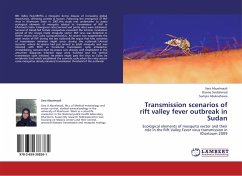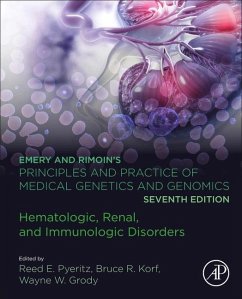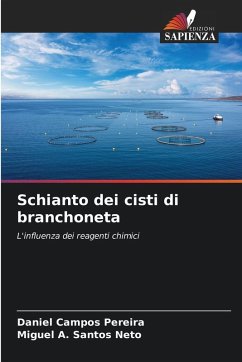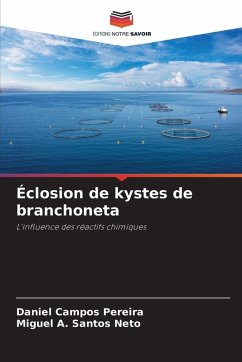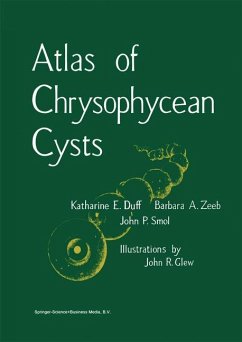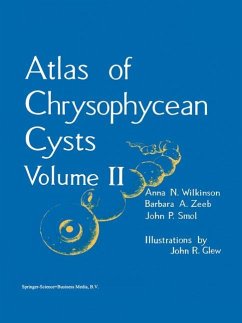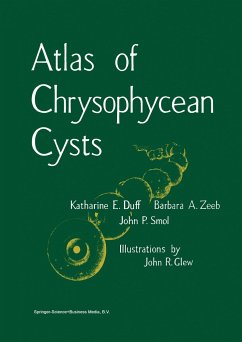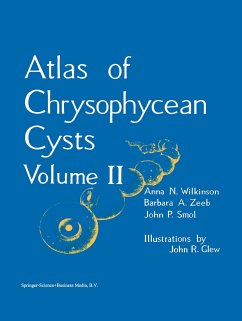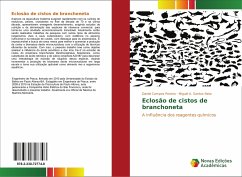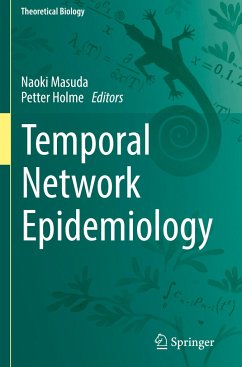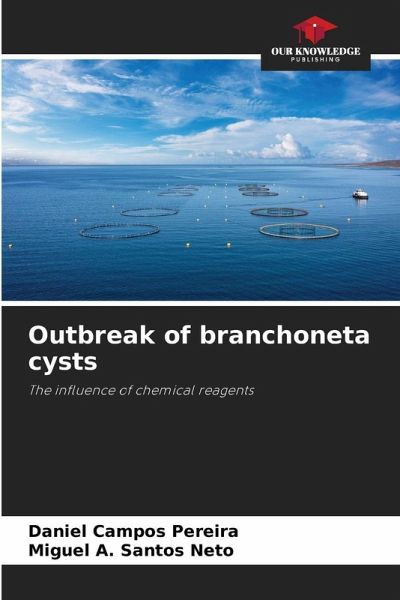
Outbreak of branchoneta cysts
The influence of chemical reagents
Versandkostenfrei!
Versandfertig in 6-10 Tagen
16,99 €
inkl. MwSt.

PAYBACK Punkte
8 °P sammeln!
Advances in modern aquaculture emerged rapidly with the cultivation of molluscs, fish and crustaceans in the late 1970s and, in the last decade, have shown emerging development, requiring studies on nutrition and feeding of species of commercial interest, in order to become an economically viable activity. Currently, research is being conducted on other types of feed (living organisms and their by-products), with evidence of nutritional benefits and cost reduction, with emphasis on amphipods. It is essential to seek new ways to improve and increase the production of cysts and biomass of this m...
Advances in modern aquaculture emerged rapidly with the cultivation of molluscs, fish and crustaceans in the late 1970s and, in the last decade, have shown emerging development, requiring studies on nutrition and feeding of species of commercial interest, in order to become an economically viable activity. Currently, research is being conducted on other types of feed (living organisms and their by-products), with evidence of nutritional benefits and cost reduction, with emphasis on amphipods. It is essential to seek new ways to improve and increase the production of cysts and biomass of this microcrustacean using efficient hatching techniques. Thus, the objective of this study was to analyse the influence of ascorbic acid and Ca+2 ions on the hatching of cysts of the Anostraca branchoneta Dendrocephalus brasiliensis, as substitutes for retinoic acid and calcium ionophore A23187, to describe a methodology for hatching nauplii of this species, with a view to increasing the large-scale production of biomass of this microcrustacean and making its use applicable as live food for aquatic organisms.



